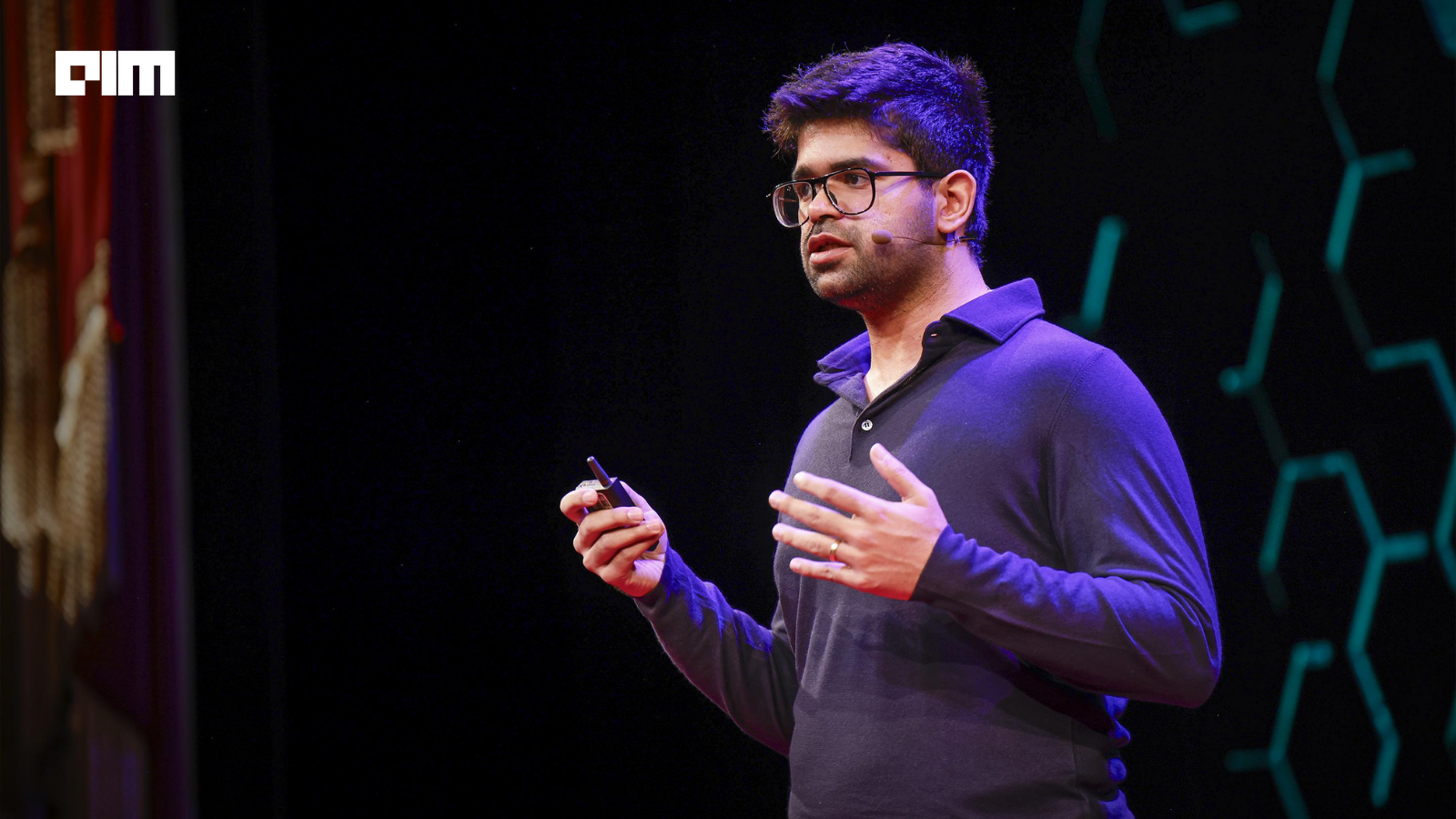Perplexity has just launched Perplexity Patents, a conversational AI agent designed to simplify how people search, analyze, and understand patent information. Announced by CEO Aravind Srinivas, the tool is positioned as the world’s first AI patent research agent and is now available as a free global beta, with higher usage limits and configuration options for Pro and Max subscribers.
It replaces rigid keyword strings and opaque interfaces with natural language queries, citation-first answers, and direct links to original filings, opening patent intelligence to engineers, founders, and business users, not just IP specialists.
“This is the first of many vertical deep research experiences we will build for lawyers, doctors, financial services, academic researchers,” said Aravind Srinivas.
Perplexity Patents lets users ask questions like “Are there patents on AI for language learning?” or “Key quantum computing patents since 2024?” and returns curated collections of relevant patents, inline viewers to quickly scan claims and abstracts, and authoritative citations with direct links to source documents.
It supports follow-up questions, maintains conversational context, and recommends related topics so users can refine lines of inquiry without starting over. The goal: turn prior-art discovery, landscape mapping, and trend tracking into a guided dialogue that moves from question to evidence in minutes.
Why Does it Matter?
Traditional patent tools demand precise logic, advanced operators, and paid access to specialist databases. Barriers that keep IP insights locked away from non-experts. Perplexity Patents offers a semantic approach that recognizes concepts across different terminologies, such as connecting “fitness trackers” to “activity bands” and “health monitoring wearables,” improving recall beyond exact keyword matches.
This matters for real workflows: founders checking novelty, engineers scanning adjacent art, counsel accelerating landscape surveys, and product teams pressure-testing freedom-to-operate assumptions. By anchoring every answer in citations and original documents, the agent is designed to be both accessible and verifiable.
Perplexity Patents lets users ask questions in plain English without special syntax and returns relevant patent sets with inline viewers to scan claims, figures, and abstracts before diving deeper. The agent maintains conversational context, supports follow-up questions, and suggests related angles to expand or narrow the search.
Its semantic retrieval matches concepts even when the vocabulary differs, reducing the chance of missing prior art due to phrasing mismatches. Beyond traditional archives, it can also pull signals from academic papers and open-source code repositories to surface early-stage innovation patterns adjacent to patent filings.
Perplexity Patents is built for engineers and R&D teams who need a broader, faster view of relevant inventions, comparable techniques, and competing approaches while scoping features or drafting invention disclosures. Also for IP professionals and in-house counsel who want to speed up landscape mapping, improve prior-art recall, and keep a clean audit trail with sources and links, and for founders and product leaders who need directional evidence on novelty and competitive dynamics without the overhead of specialized search tools.
Access and Use Cases
Perplexity Patents launches as a free global beta. All users can try the core agent, while Perplexity’s paid Pro and Max tiers unlock higher usage limits and more configuration for deeper work. The company also teased Perplexity Scholar, a companion product aimed at simplifying academic research with a similar conversational model, further signaling Perplexity’s strategy to reimagine complex information retrieval through guided, citation-first agents.
- Prior-art scans: Start with a broad prompt, then narrow by assignee, filing window, or claims scope through follow-up questions, collecting a citable, linked dossier along the way.
- Landscape briefs: Map leading patents, assignees, and technical clusters around an emerging area, then pivot to adjacent domains based on suggested related topics.
- Terminology translation: Use the agent’s semantic matching to bridge differences in naming, helpful when vendors, researchers, and standards bodies describe the same concept differently.
- Early signals: Pull in corroborating signals from papers and open-source repos to assess momentum and directionality before formal filings accumulate.
Unlike traditional databases that assume user expertise in operators and classification codes, Perplexity Patents provides a conversational front end that narrows the gap between intent and retrieval. The agent keeps the user in the loop, proposes next steps, and makes it easy to branch a line of inquiry or frame a new one from context.
The design focus on inline previews and source links helps users stay oriented while moving quickly from overview to primary documents, without relying on gatekept interfaces.
If Patents works out, expect deeper integrations with patent office data, refinement of semantic clustering for claims-specific comparisons, and richer export options for collaboration across legal, R&D, and product teams. The broader arc is consistent. Use conversational agents to lower the cost of expert-grade research.









